Dear Asshole,
This is not an apology. I’m not sorry for yelling at you or swearing at you or for threatening to call security if you didn’t fuck off. In fact, I think you should feel damn lucky that you didn’t get a boot to your squishy sensitive bits, because I would have been damn well justified in planting one there.
If you ask someoneparticularly someone much smaller than you, and particularly someone female in a context where a lot of women already feel on-edge because of the way they’re treated, and particularly if she’s in a fairly isolated areafor a hug, and that person says no, it is NEVER appropriate to whine and wheedle and move closer. If they say ‘no’ a second time and ask you to leave, and you keep approaching them and keep insisting? YOU ARE PHYSICALLY THREATENING THEM.
It doesn’t matter if ‘all’ you want is a hug. It doesn’t matter if you’d hug me if our positions were reversed. What matters is that I said ‘no,’ and you kept pushing.
There is nothing wrong with wandering around ComiCon with a sign advertising free hugs; in fact, until you approached me, I thought the ideas was kind of cool, and I’m sure there are people who carry those signs and respect others’ physical boundaries (and if you, Dear Reader, are one such person, I suggest that you let this douche know in no uncertain terms that he is making you look very bad and you do not appreciate it). But what you did? That’s not free. And it’s not okay.
You can discuss this columnand the politics and etiquette of touch at conventionshere.
Author: admin
Why It Still Matters
I spent last weekend at the Emerald City ComiCon (which is awesome, by the way, and which I heartily recommend to anyone who hangs out in the Pacific Northwest or is interested in heading in that direction for a few days), mostly working at the Dark Horse table. It was pretty low-keywe weren’t doing any in-booth signings or sales, just giveawayswhich meant we had time to chat with a lot of the people who came by.
One of the people I talked to was a guy in his thirties or forties. He had stopped reading comics decades ago but had returned recently; when I asked him why, he said it was because of Young Avengers, specifically Hulkling and Wiccan: for the first time in his life, there were gay characters in superhero comics who were more than stereotypes, with whom he could actually identify.
This stuff matters more than most of us will ever realize, because we are more or less privileged enough to see ourselvesor at least facets of ourselvesreflected in almost everything we read. Our paper mirrors are everywhere. We have a lot of representations to choose from. This is why it matters when there areand when there aren’tcharacters of color, queer characters, non-Christian characters, disabled characters. This isn’t just about demographics, or representation. It’s about identification and validation: the day you finally get to open a book and discover that it’s not just lip service, that comics really are for you, too. That someone gets it.
Think about what that means for a minute. And when you choose comics, and read comics, and make comics, keep thinking about it. We need more mirrors, and we need mirrors that reflect a wider range of faces, because there is NO ONE who does not craveor does not deservethat moment of genuine identification.
Hereville: A Review
I’ve been working on this review for a while, and it’s been giving me a lot of trouble, because when I try to express my thoughts on Barry Deutsch’s Hereville: How Mirka Got Her Sword, I usually end up bouncing up and down and making enthusiastic noises of inarticulate glee. These are behaviors that are generally frowned upon in critical circles, and they translate poorly to text, so I’m going to try my damnedest to use actual here.
Hereville is good. It’s really good.
It’s the kind of good that makes me want to carry a copy with me at all times, just so that I can look at it every few minutes as a reminder that any world that produces books like this one is probably worth the benefit of the doubt.
Comics that can honestly be described as all-ages are few and far between. Knitting a narrative that appeals to adults and remains accessible to and appropriate for kids is no easy feat. Imbuing that story with layers of rich culture and tradition without overwhelming readers, and doing so while slyly subverting both form and trope take serious skill.
Barry Deutsch is seriously skilled.
In many ways, Hereville is a classic coming-of-age story, the first adventure of a fledgling hero. It’s also a cultural narrative, steeped in the language and traditions of Orthodox Judaism. But at the same time, it’s full of contradictions and quirks that turn heroic convention topsy-turvy. It’s telling that the story begins with a friendly argument, as Mirka (the eleven-year-old heroine) and her stepmother Fruma discuss the theology of knitting.
Fruma herself is perhaps Deutsch’s most visible wink at tradition: as the heroine’s stepmother, a woman with ‘odd looks’ (including ‘the longest nose of anyone in Aherville’) and a stubborn fondness for argument-for-argument’s-sake, Fruma could easily have turned into a tired misogynist sterotype. But even though—or perhaps because—she forces Mirka to knit and plays devil’s advocate in every argument, Fruma is cast as Mirka’s mentor and ally. She’s challenging rather than vindictive, and we are led to believe that wisdom and experience inform her cheerful antagonism. And role in Mirka’s story is more empowering than authoritative: Fruma’s lessons, both subtle and direct, are what ultimately allow Mirka to defeat a troll and take the first steps toward her destiny as a dragonslayer.
Fruma’s complexity is characteristic of Deutsch’s approach to storytelling: he excels at simultaneously celebrating and questioning the tradition that saturates his narrative. The Orthodox Jewish rituals and traditions are no less warm and beautiful because of the limitations they impose on Mirka, nor does that beauty render her frustration any less acute or her ensnarement in the rigid roles of her culture less unfair. In the world of Hereville, nothing is simple—and its complexity makes it all the more accessible to readers used to the intricate tangles and contradictions of real life.
Deutsch is an experienced editorial cartoonist, but Hereville is (to the best of my knowledge) his first attempt at a full-length comic, and that inexperience shows through a handful of rough spots. Both designs and style develop and refine over the course of the comic, and the difference between the art at the beginning and the end is a bit jarring—a difficulty common to webcomics when they make the transition to print form. And while Deutsch’s sepia-toned palette looks beautiful by day, it becomes a good deal less discernable in nighttime scenes, where muddy coloring comes close to obscuring the art; Deutsch’s narrative (and readers’ eyesight) would be better served by more emphasis on shadow and less on general darkness.
But if there’s any lesson to be learned from Hereville, it’s that the quality of craftwork is determined not by snagged yarn or adherence to patterns, but by innovation, intent, and intricacy—and despite a few dropped stitches, Hereville: How Mirka Got Her Sword is an exquisite piece of work by any standard.
You can read Hereville a bit at a time starting hereas of this post, twenty-four pages are available onlineor get the whole first story in either digital or paper form (which I heartily recommend) via the links in the sidebar.
And while you’re waiting for your copy to arrive, you can discuss this column here.
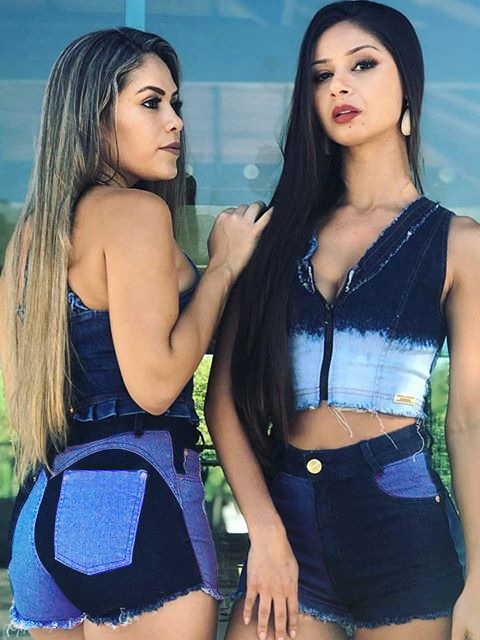
Stumptown Miscellany – Day Two
Phew–that was a lot of con. Today was more intense at the table, and I hardly had any time to wander. Now, I am entirely braindead, so again, just a handful of notes before I crash. Proper write-up and forum thread tomorrow.
-No matter how cool you are, Sky McCloud is probably way cooler than you.
-It always kind of blows my mind to discover that people other than my parents read Inside Out.
-Colleen Coover drew a pirate with a strap-on in my sketchbook! How awesome is that? PRETTY DAMN AWESOME!
-One of the fun things about cons is meeting friends of friends. I had long conversations with Raina Telgemeier and Dylan Meconis about how much we all love Dean Trippe (and you should, too).
-I met a wonderful woman named Maria who’s starting a geekspace-for-women website called .51 (Premiering May 1, 2008 at http://www.dotfiveone.com/). She is ridiculously neat, and we are going to interview each other once her site is up and running!
-Have I mentioned that I adore Barry Deutsch? Not only does he write a fuckin’ brilliant feminist blog and make splendid comics, he also loves Baker Street, one of my all-time favorite comics.
-My favorite artist-I-just-discovered-at-this-con is probably Maxine Frank (actually, she found us).
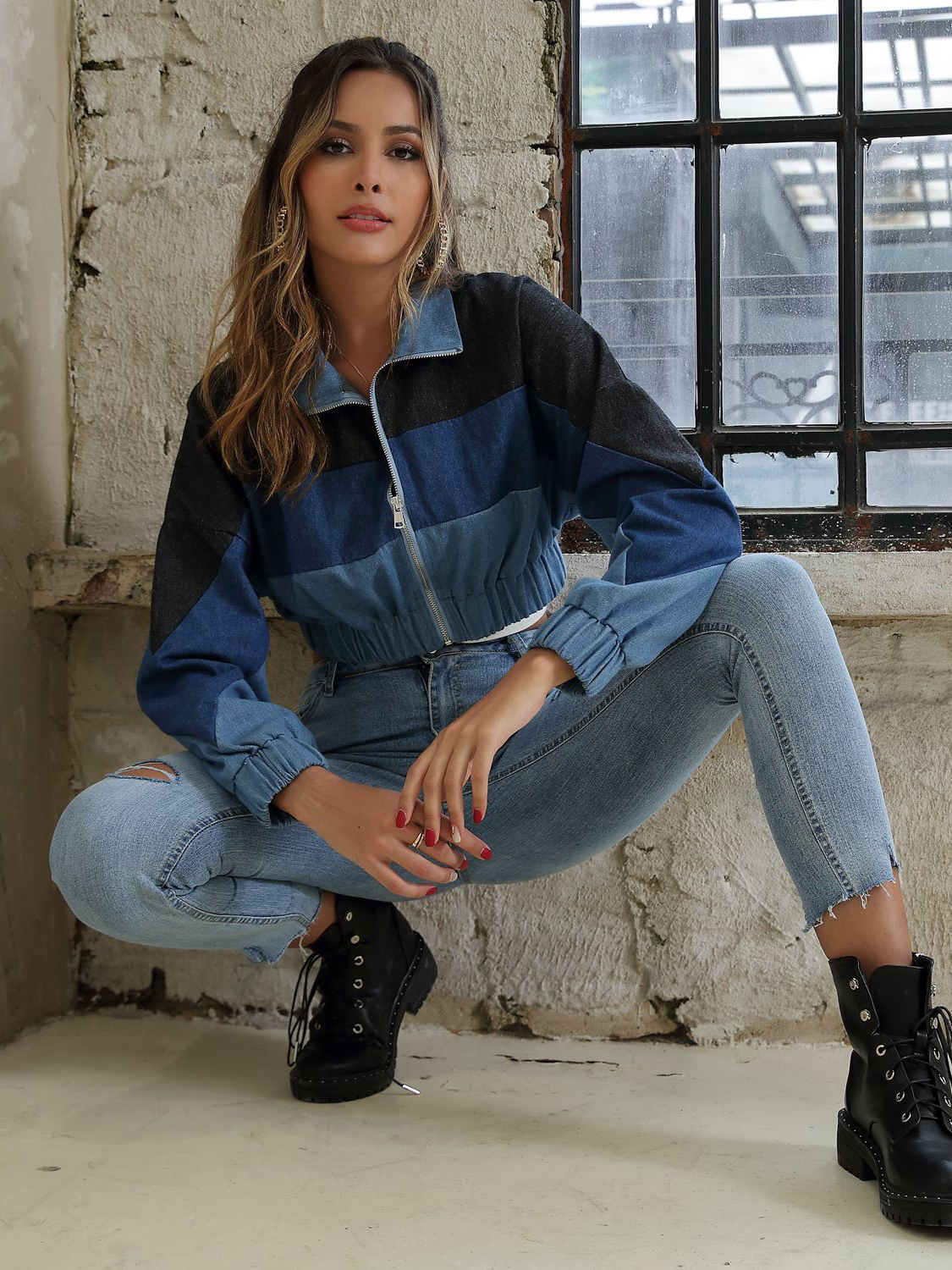
Stumptown Miscellany
Today, I got up way the hell too early in the morning (after staying up way the hell too late) to table for Girl-Wonder at Stumptown Comics Fest. Now, I am utterly exhausted, and I have to be at the awards ceremony / Saturday afterparty in a bit under an hour, so I’m just gonna […]
Oh, Blow Me… Away
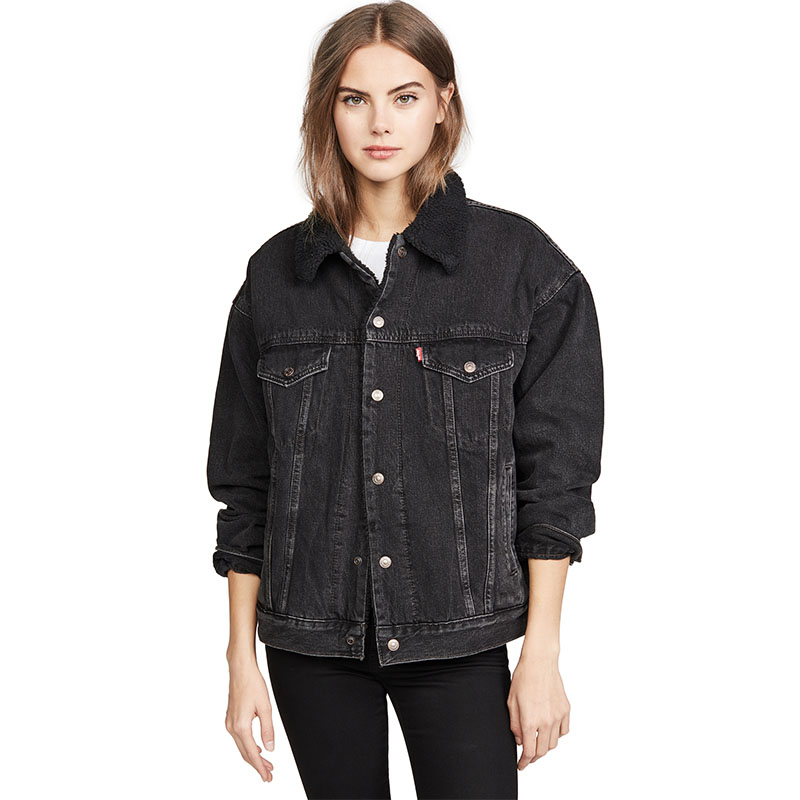
For your amusement and enlightenment, I’d like to take this opportunity to present an honest-to-fuck panel description from the good folks at NYCC:
‘Girls Who Kick Ass: How do the ladies creating comics do it? They’re constantly blowing us away with the most outrageous and provocative titles. Jenna Jameson (Shadow Hunter), Colleen Doran (Distant Soil, Reign of the Zodiac), Amanda Connor (Birds of Prey, Painkiller Jane, Lois Lane ), Louise Simonson (New Mutants, X-Factor, Superman) and special guests reveal why they know what Fan-Boys want.’
Heidi sums it up nicely over at THE BEAT:
I would love to hear Colleen Doran’s thoughts on art history and freelancing… Amanda Connor’s ideas on design and the current state of superheroes… Louise Simonson’s unsurpassed viewpoint on storytelling and creating lasting characters… and sure, what the hell, even Jenna Jameson’s ideas on why celebrities are flocking to comics to get their next optionable property. But when all these people are grouped together solely on the basis of gender it’s dumb, patronizing and, frankly, sexist.
What Heidi doesn’t mention is that Girls Who Kick Ass is only one of THREE panels focused on those exotic girl-birds: two on women in comics, and a third on women in animation. And that’s not including the MINX panel, the general panel on comics for girls, which bring the total up to five.
‘But wait,’ cry you, my six loyal readers, ‘Isn’t this a good thing? Haven’t you been campaigning for more awareness of women in comics, as industry professionals and fans? Shouldn’t you be celebrating the fact that there’s enough interest—and enough women—for not one but FIVE female-focused panels?’
Yeah, well, you’re all fired.
No, I didn’t mean that. Come back, it’s okay. Rachel’s just a little grumpy. Maybe her womb’s been wandering, or maybe it’s that time of the month. You know how girls can be.
Seriously, though, lean in, ’cause Momma’s gonna let you in on a secret about being a woman in comics:
It’s a hell of a lot easier to be a woman in comics than it is to be a female comics professional anywhere else.
You doubt? Let me explain.
Despite what the magazines would have you believe, there are an awful lot of women working in the comics industry. I believe Friends of Lulu has a couple lists, which I highly recommend checking outthey’re never quite up to date, because this industry has a crazy turnover rate, and they misspell my last name, but they’ll give you an idea of the scale we’re discussing.
And guess what? This is not a new phenomenon! Gail Simone was not the first woman to pen a superhero title; I know women who’ve been working in this industry since before I was born. We are not exotic birds or tokens. We are writers, artists, letterers, editors, designers, pre-press technicians, scheduling coordinators, vice presidents, publicists, printers, and everything else you can imagine.
What these panels mean to me is the systematic othering and marginalization of the many, many women who work in the comics industry. To call out sexism, to honor the accomplishments of individual women—these are important and necessary, and there is a lot of ingrained misogyny that still needs to be pried loose. But each article that reinforces that familiar mirage—the lone woman making her way in a man’s industry—washes the rest of us a few shades closer to invisibility.
And by the way—the description of that panel is sexist, demeaning, juvenile, and generally fucking awful, and I’m disgusted and ashamed that a convention that’s supposed to be representative of the industry I work in and love not only buys into but spews back out this kind of bullshit.
Want to know how the ladies creating comics do it? THEY WORK THEIR ASSES OFF—just like the guys. The biggest difference is that we have to deal with this shit.
I won’t be at New York Comic-Con, but if you are, and should you happen to wander past this panel, I’d like to suggest a few questions:
-How do you feel about being invited to participate in a panel based on your sex—rather than the projects you’ve contributed to, your experience in the comics industry, and your accomplishments as a writer and/or artist?
-Do you think that ‘What Fan-Boys want’ might include reassurance that comics remains a boys’ club, and that women in comics are anomalies? How might the title and description of this panel reinforce that idea?
-What is a total neophyte doing on a panel with three seasoned comics creators who are industry legends in their own right?
-What role does your vagina play in your creative process?
You can discuss this column here.
SAAM 2008
Today is April Fool’s Day.
It’s also the first day of Sexual Assault Awareness Month.
Last year, I recognized this month with a series of semiweekly posts about sexual violence in comics and real life. I’m not going to drag myself back over that ground this year: it is tremendously difficult and draining, and I don’t have the energy right now.
What I am going to do is offer the Inside Out forum as a safe space to discuss issues of sexual violence in and out of comics. Like last year, I will be moderating those discussions closely.
And I really am going to start posting regularly again, probably starting this weekend. =)
If you’re interested, you can find my April 2007 Sexual Assault Awareness Month series here:
Introduction
Rape in the Gutters
Writing Sexual Violence, Part 1
Writing Sexual Violence, Part 2
The Widowmaker
Is It Too Much to Ask?
Rape Is Rape Is Rape
Same-Sex Assault
The Morning After
Coda: The Widowmaker Revisited
Thoughts on Wonder Woman Link Roundup
This is the final post of a series on Wonder Woman, in context of her recent appearance on the cover of the February 2008 issue of Playboy magazine. You can find the first three posts here:
There’s Something About Wonder Woman Introduction
There’s Something About Lynda Carter / Blogging for Choice
Less than Wonderful
In all of the preceding posts, I’ve argued that Wonder Woman as she appeared on Playboy represented an idea, not just a character. I think I’ve pretty well covered the bases in terms of what Wonder Woman means to me, so today’s going to be a roundup of links on Wonder Woman’s significance as a character and an icon.
The Legacy of Wonder Woman
Wonder-Working Power
Wonder Woman Strong as Ever Even at 65
Dignity in Satin: Part One
Dignity in Satin: Part Two
Dignity in Satin: Part Three
Dignity in Satin: Part Four
Wonder Woman Museum
The Inheritance of Same-and-Other, Human-and-Amazon: A Brief Review of Wonder Woman #14
Loving Wonder Woman
Diana Prince: Wonder Woman
The Significance of Gail Simone
The Right and Wrong Way to Write Wonder Woman
That’s Not Power
Post more links and share your thoughtshere.
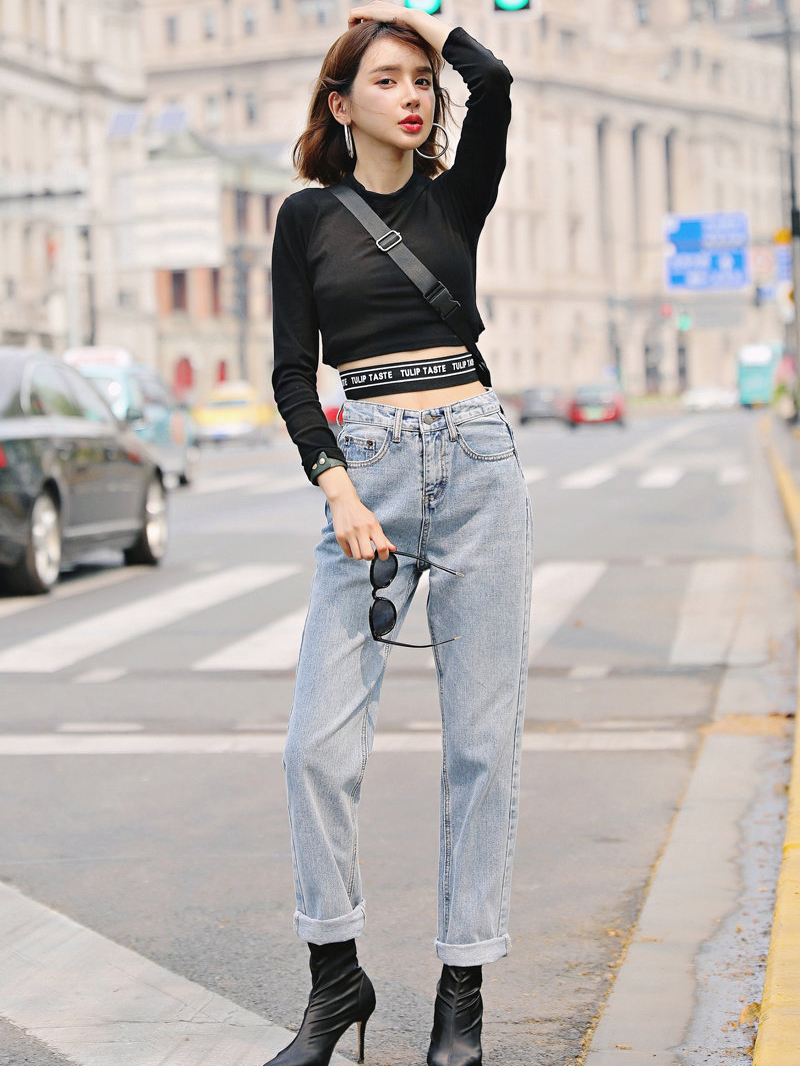
Less Than Wonderful
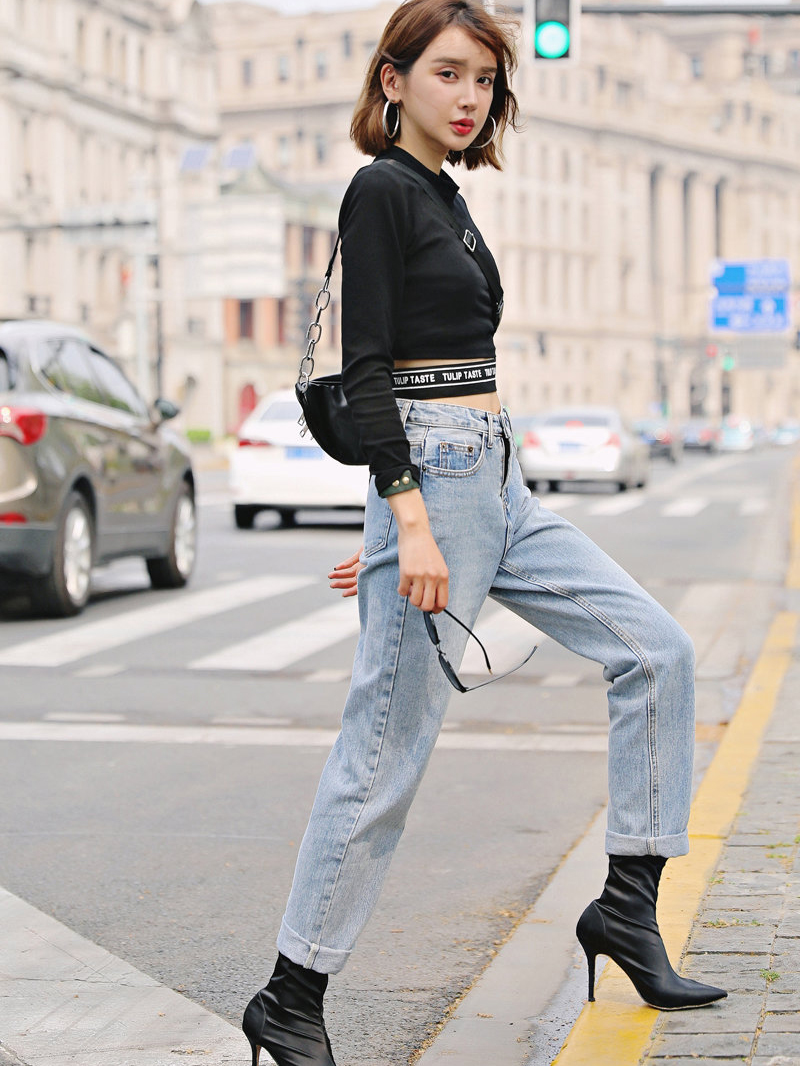
This is the third post in a series looking at the cultural and personal significance of Wonder Woman as a character and a symbol.
I’ve spent the previous two posts introducing a few perspectives on Wonder Woman, but thus far, I’ve skirted fairly clear of both my own attitude toward the character and how it relates to the cover of the February 2008 issue of Playboy. So, that’s where we’re going today.
Much of the following is copied and pasted from something I posted in a forum discussion last week, because it’s the best I’ve managed so far to articulate my thoughts on this issue:
I don’t find the pretty girl-in-body-paint offensive. I’m basically in favor of pretty girls in body paint.
I don’t even find the girl-in-body-paint-as-Wonder Woman offensive. As others have commented, it’s no more revealing than her costume has been in the comics.
I don’t find the idea of Wonder Woman as sexy offensive.
I don’t find the idea of a centerfold dressing as, pretending to be, acting in the role of, or identifying with Wonder Woman offensive.
I do object to the fact that Playboy, which should really know better after all, they go out of their way to come off as culturally savvy coopted THE feminist icon, removed all the strength and spirit (which is part of what’s so sexy about Wonder Woman in the first place) and reduced her to nothing but a limp smexxx object.
I object to their claims that they were dressing Tiffany Fallon as Wonder Woman in homage to Lynda Carter an outspoken feminist who has made it very, very clear that to her, Wonder Woman is all about feminism and strength.
I object to the fact that they chose to use that particular image in the heat of the first presidential election with a viable female and feminist candidate, who has likewise been reduced in popular media to nothing but a characature of feminine weakness.
I object to the fact that DC / TimeWarner, which is notoriously overprotective of their trademarks, has refused to comment on this in the process, awarding it their implicit approval.
I object to DC / TimeWarner effectively pimping out the most powerful female character in comics and the most enduring feminist icon of the twentieth century.
And this makes me a million times angrier than the WonderThong and SexySexyDanger of the WW comics, because this ISN’T limited to the comics. It’s Playboy, which is a whole other scale of exposure and cultural impact. This is not misuse of Wonder Woman the character it’s misuse of Wonder Woman the symbol, which, in my book, is a hell of a lot more important.
Yes, Wonder Woman is sexy. Yes, the early WW comics do cheerfully display a good number of William Moulton Marston’s kinks. But at the same time, Wonder Woman is maybe the ONLY superhero created explicitly for girls, to be a visibly strong woman at a time when there really weren’t any of that stripe in popular culture: Marston wrote about her creation, ‘’Not even girls want to be girls so long as our feminine archetype lacks force, strength, and power. Not wanting to be girls, they don’t want to be tender, submissive, peace-loving as good women are. Women’s strong qualities have become despised because of their weakness. The obvious remedy is to create a feminine character with all the strength of Superman plus all the allure of a good and beautiful woman.’ She still represented that in 1971, when she made what until now was her best-known magazine cover appearance, and in the mid-seventies, when Lynda Carter played her on television.
And she still represents that today.
There’s Something About Lynda Carter / Blogging for Choice
This is the second post in a series looking at the cultural and personal significance of Wonder Woman as a character and a symbol.
Today, it just so happens that this Wonder Woman series is intersecting with Blog for Choice day. Make of that what you will.
I have never watched Lynda Carter on TV. Never saw the show only the few stills I’ve stumbled past online, usually on the way to something else.
The first time I saw Lynda Carter was on April 25, 2004, at the March for Women’s Lives. I knew who she was, of course name and face but not much more.
She was not the most famous speaker at that rally, nor the most important, nor the most qualified. She was not someone for whom I was waiting with bated breath.
But she was Wonder Woman.
If there had ever been any question in my mind of who Wonder Woman was, of what she meant, it was resolved the moment Lynda Carter stood at the microphone and began to speak.
Lynda Carter is equal measures self-possessed and passionate, sweetness and steel. She’s smart, and she’s got this incredible strength and resolve and dignity and humor she’s real, yes, but there’s something to her that seems like more.
And I remember thinking, crystal-clear, Yes. This is Wonder Woman.
‘I knew that she was, and is, a character that had the potential of being very influential in terms of how women see themselves, and how men see a woman being. Yes she can be beautiful, and she can be all that stuff, but she’s smart and she can kick my butt.
‘It was a very conscious decision on my part to play against what was expected. I never played sexuality. I never tried to ‘play’ Wonder Woman. She didn’t think she was all that! She’s not all full of herself, and certainly not against men…but for women! It was just about being who she was, and trying to connect to that secret self that we have.’
-Lynda Carter
You can discuss this column and the rest of the Something About Wonder Woman series here.